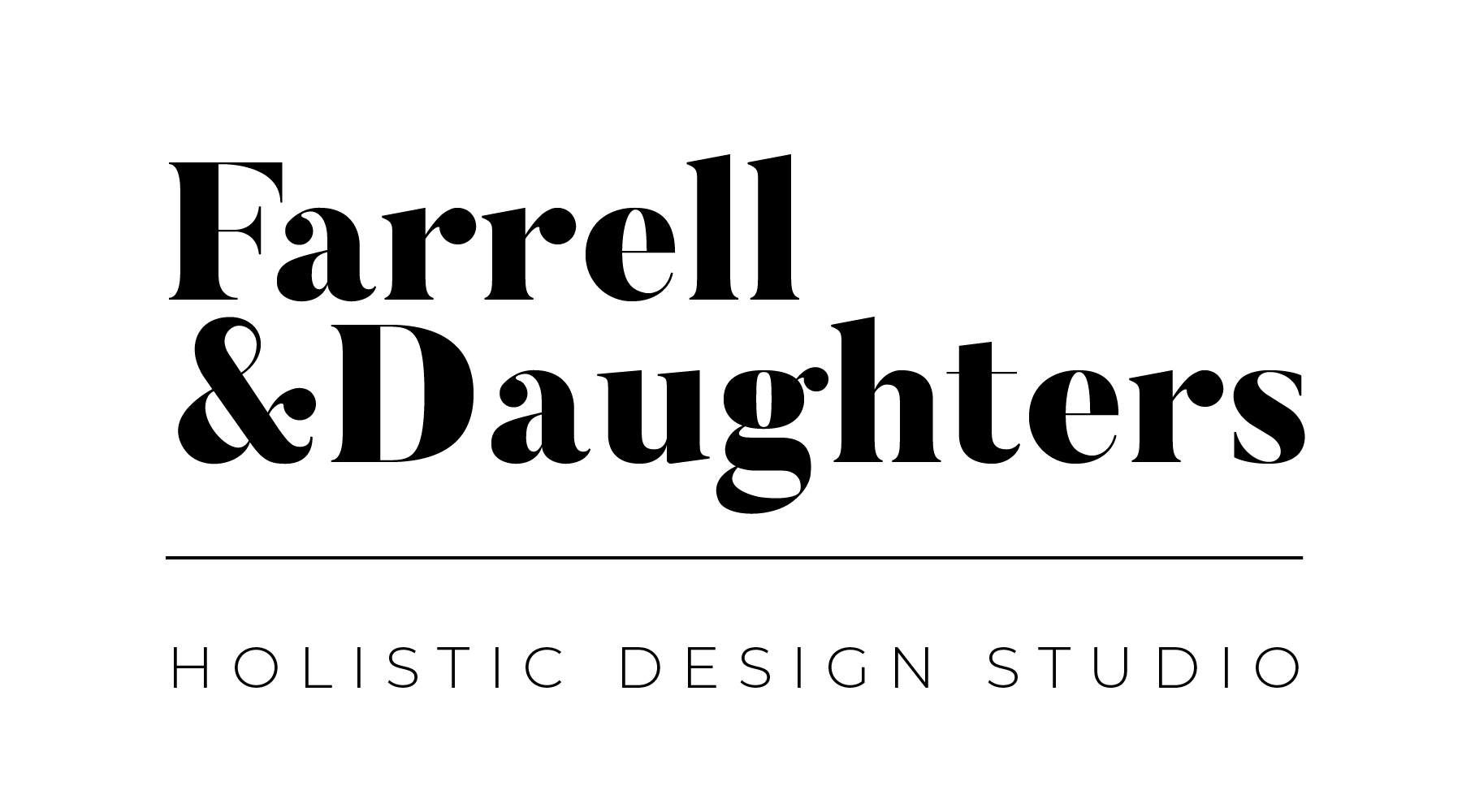Designing an Office, Users First
The Project
The spaces we occupy on a daily basis are the epitome of user experience. They have to function in certain ways, afford certain activities, communicate certain vibes, personalities, ethos. When AnalogFolk New York moved office at the beginning of 2016, to its first grown-up bespoke space, I bear-hugged the opportunity to make it great.
The Process
At the start of the project, I found myself in this interesting predicament. I knew all of the things that an office needed functionally - the physical affordance of the space, if you will, so people would know what to do when they walked in on the first day - but I knew there was something else I’d been missing in most of my previous offices. A vibe. A set of ...feelings… the space needed to convey to be completely right.
I didn’t know quite where to start, so I started like any UX project, by defining my users.
The Users
I started with the audiences our office would have, considering their distinct, but often overlapping needs
Employees
Our main, everyday user.
Employees need the basic stuff to get shit done - desks, chairs, printer, wifi - but being that AF is a design and innovation agency, they also needed spaces to feel creative, and feel community, and want to show up everyday.
Clients
Clients needed to feel a little bit impressed, but mostly like they knew who we were, what we stood for, and the kind of work we do. They needed to “see” us working, but above all, I wanted them to want to hang out with us, for this to be a space they wanted to be in.
Prospects
And lastly, potential employees and clients.
I can’t tell you how much an office’s design and environment has impacted my desire to work at a company.So, for us, I needed the space to communicate our values as a company pretty quickly to new people. I wanted them to feel welcome, inspired, and again want to hang out with us.
The Requirements
The requirements for the project came in two forms - "business requirements" from my Managing Director, and "emotional requirements" I defined based on how we needed the space to behave for the three user groups.
Business Requirements
My MD at the time had a big list of functional needs for the office (or business requirements as it were), and I recruited some intel from the fine folks at Google, and even the founders of IDEO who wrote a whole book on designing spaces for innovation.
I knew I needed desks, and conference tables and chairs, and storage. I added whiteboards and cork boards to that list based on the IDEO way of thinking - making it easy and accessible for people to create in a space. A place to eat. A place to hang our jackets in the winter
Emotional Requirements
I started to dig into my mental rolodex of offices I’d worked in, spaces I’d spent time in, and advice from the experts, to see if I could define some “emotional requirements” for the space.
We needed to create things - conjure magic dust and innovate out of thin air - but what human feelings allow for that? I need to feel vulnerable to really stretch beyond my comfort zone and potentially say something stupid. So in order to create, I need to feel safe and free and inspired in order to feel vulnerable.
We also needed to be workhorses sometimes - there’s loads of research that’s been done now on how the open office plan makes productivity plummet and is a hellscape for introverts, but I knew we would have one, so how do I mitigate that reality to give us the space to feel uninterrupted, quiet, focused?
And we needed to perform - like it or not, part of the creative work that we do is performing for clients to get them excited about the magic we’re creating. To really do that, we need to feel proud of our work and our space. We need to feel impressive and supported.
And last but definitely not least, as a company we needed to retain people. It’s expensive as hell to hire and train people only to have them leave months later, so I needed to think about how we could make people want to keep opting into working at AF. We needed to feel valued, and included, and accepted. We needed a sense of community so that people knew they were a part of a larger whole, rather than just a line item on a spreadsheet.




